The operators of Vidar Stealer, one of the most successful malware-as-a-service (MaaS) operations of the past decade, have released a new major version to reflect massive improvements in the malware.



CISA has confirmed that an Oracle E-Business Suite flaw tracked as CVE-2025–61884 is being exploited in attacks, adding it to its Known Exploited Vulnerabilities catalog.
BleepingComputer previously reported that CVE-2025–61884 is an unauthenticated server-side request forgery (SSRF) vulnerability in the Oracle Configurator runtime component, which was linked to a leaked exploit used in July attacks.
The US cybersecurity agency is now requiring federal agencies to patch the security vulnerability by November 10, 2025.

Nearly 76,000 WatchGuard Firebox network security appliances are exposed on the public web and still vulnerable to a critical issue (CVE-2025–9242) that could allow a remote attacker to execute code without authentication.
Firebox devices act as a central defense hub that controls traffic between internal and external networks, providing protection through policy management, security services, VPN, and real-time real-time visibility through WatchGuard Cloud.
Scans from The Shadowserver Foundation currently show that there are 75,835 vulnerable Firebox appliances across the world, most of them in Europe and North America.
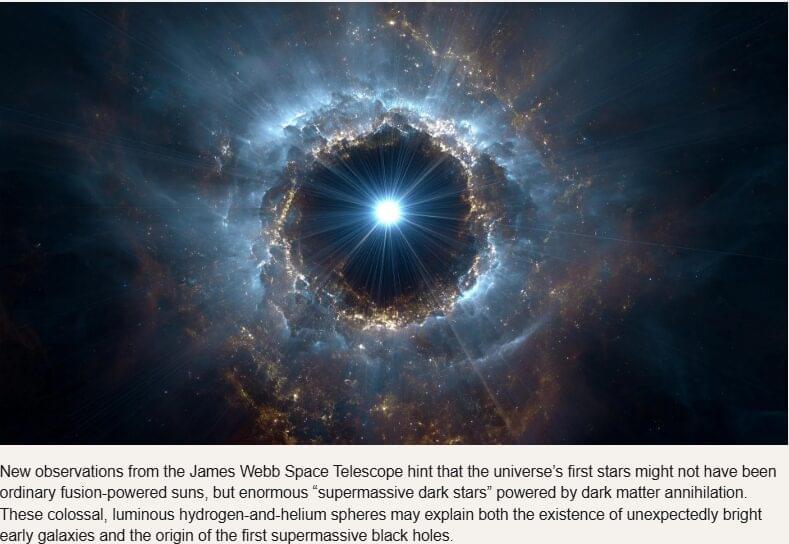
New observations from the James Webb Space Telescope hint that the universe’s first stars might not have been ordinary fusion-powered suns, but enormous “supermassive dark stars” powered by dark matter annihilation. These colossal, luminous hydrogen-and-helium spheres may explain both the existence of unexpectedly bright early galaxies and the origin of the first supermassive black holes.
In the early universe, a few hundred million years after the Big Bang, the first stars emerged from vast, untouched clouds of hydrogen and helium. Recent observations from the James Webb Space Telescope (JWST) suggest that some of these early stars may have been unlike the familiar (nuclear fusion-powered) stars that astronomers have studied for centuries. A new study led by Cosmin Ilie of Colgate University, together with Shafaat Mahmud (Colgate ’26), Jillian Paulin (Colgate ’23) at the University of Pennsylvania, and Katherine Freese at The University of Texas at Austin, has identified four extremely distant objects whose appearance and spectral signatures match what scientists expect from supermassive dark stars.
“Supermassive dark stars are extremely bright, giant, yet puffy clouds made primarily out of hydrogen and helium, which are supported against gravitational collapse by the minute amounts of self-annihilating dark matter inside them,” Ilie said. Supermassive dark stars and their black hole remnants could be key to solving two recent astronomical puzzles: i. the larger than expected extremely bright, yet compact, very distant galaxies observed with JWST, and ii. the origin of the supermassive black holes powering the most distant quasars observed.
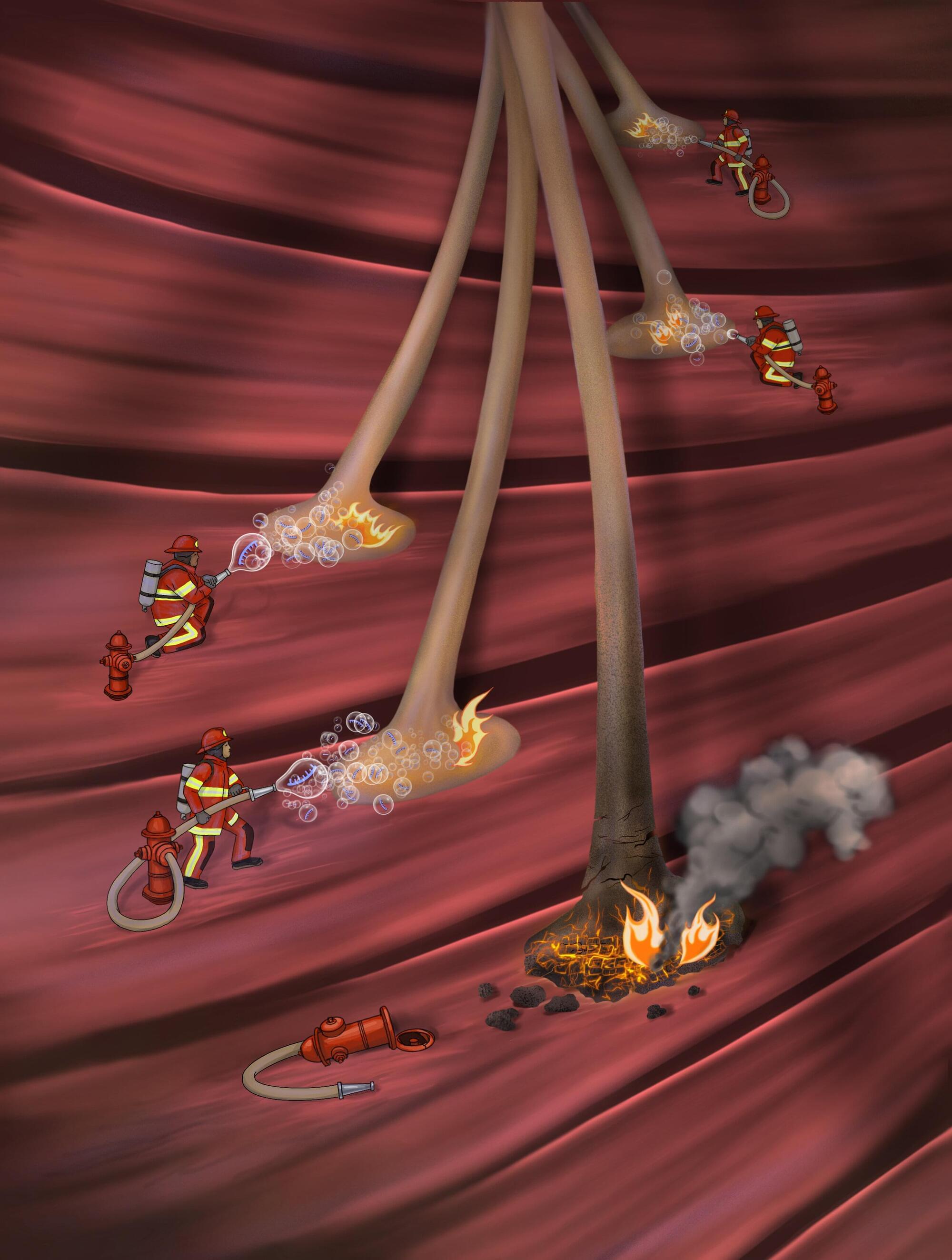
Amyotrophic lateral sclerosis (ALS) is a neurodegenerative disease characterized by progressive muscle wasting and limb paralysis. This neurodegenerative condition results from the gradual destruction of motor neurons, the nerve cells that control muscles.
Past neuroscience studies have identified a TAR DNA-binding protein that plays a key role in ALS, known as TDP-43. This protein, which generally regulates RNA processing (i.e., how genetic information is managed inside cells), was found to abnormally accumulate in the axons (i.e., nerve fibers) of patients diagnosed with ALS.
Researchers at Tel Aviv University, Sheba Medical Center and other institutes carried out a study aimed at further exploring the mechanisms that underpin this local aggregation of TDP-43 in axons.
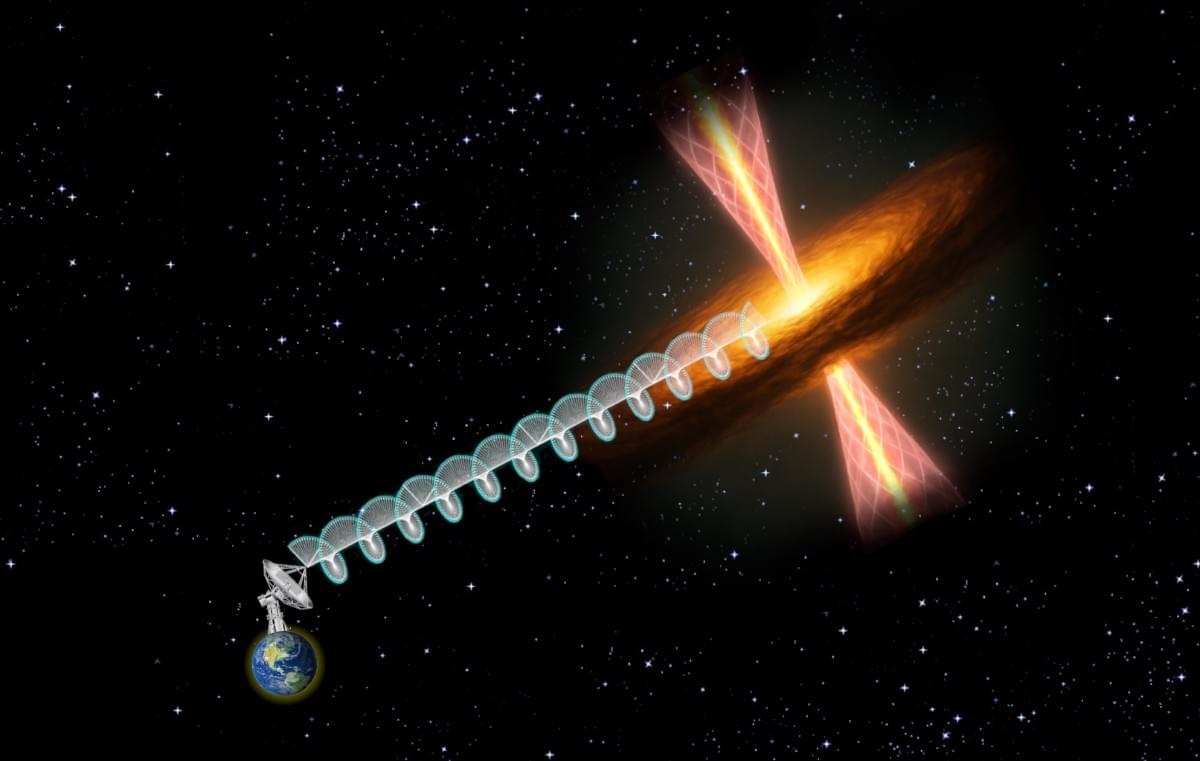
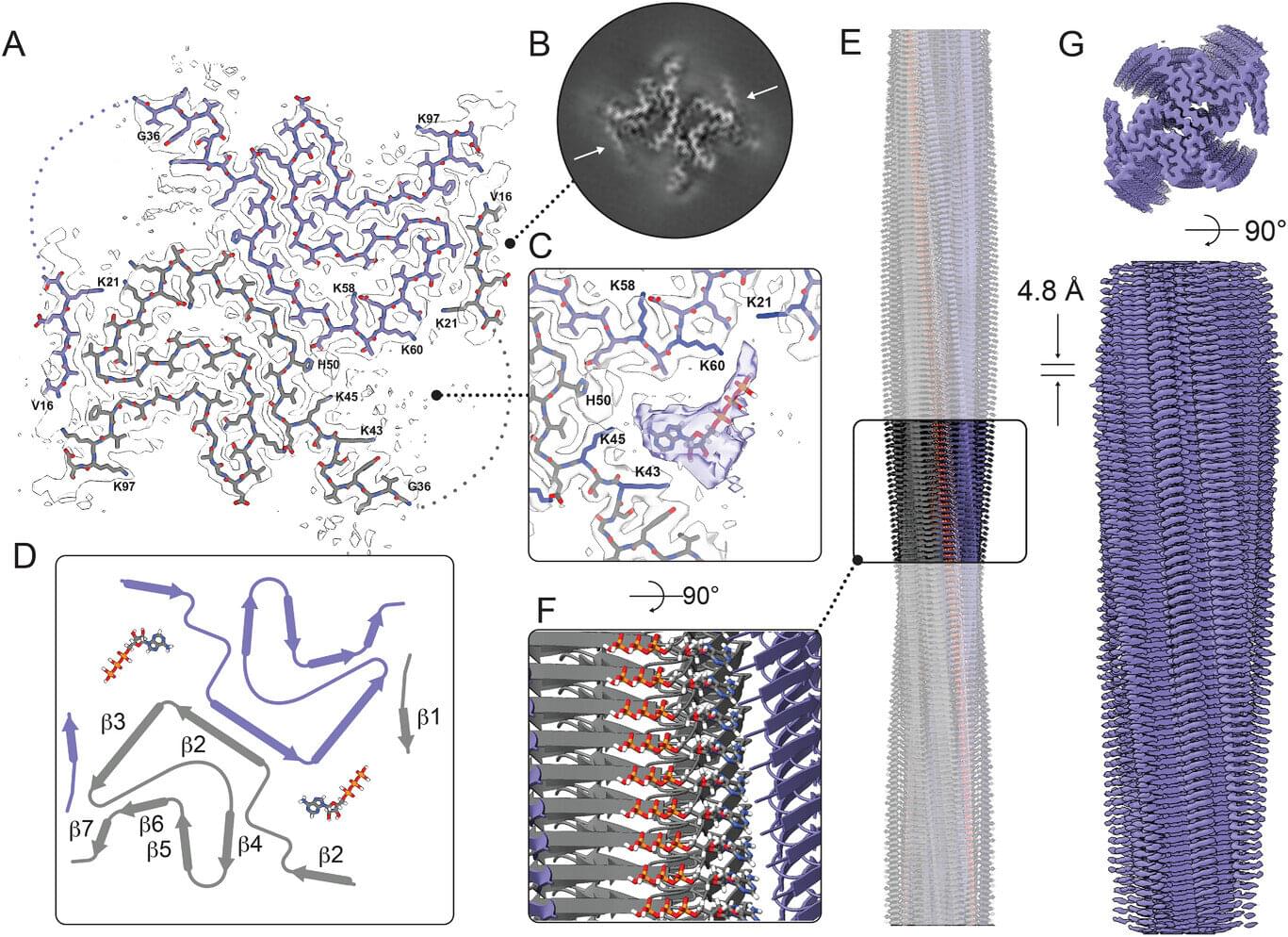
A new study led by Rice University’s Pernilla Wittung-Stafshede has revealed that protein clumps, or plaques that clog the brain, associated with Parkinson’s disease are not merely waste; they can actively drain energy from brain cells. These clumps, composed of a protein called alpha-synuclein, were found to break down adenosine triphosphate (ATP), the molecule responsible for powering nearly all cellular activities.
Published in Advanced Science, the research demonstrates that when ATP binds to these clumps, the protein reshapes itself to trap the molecule in a small pocket. This process causes ATP to break apart and release energy, functioning similarly to an enzyme.
This unexpected finding could change scientists’ understanding of the damage caused by these clumps, which are hallmarks of diseases such as Parkinson’s and Alzheimer’s.
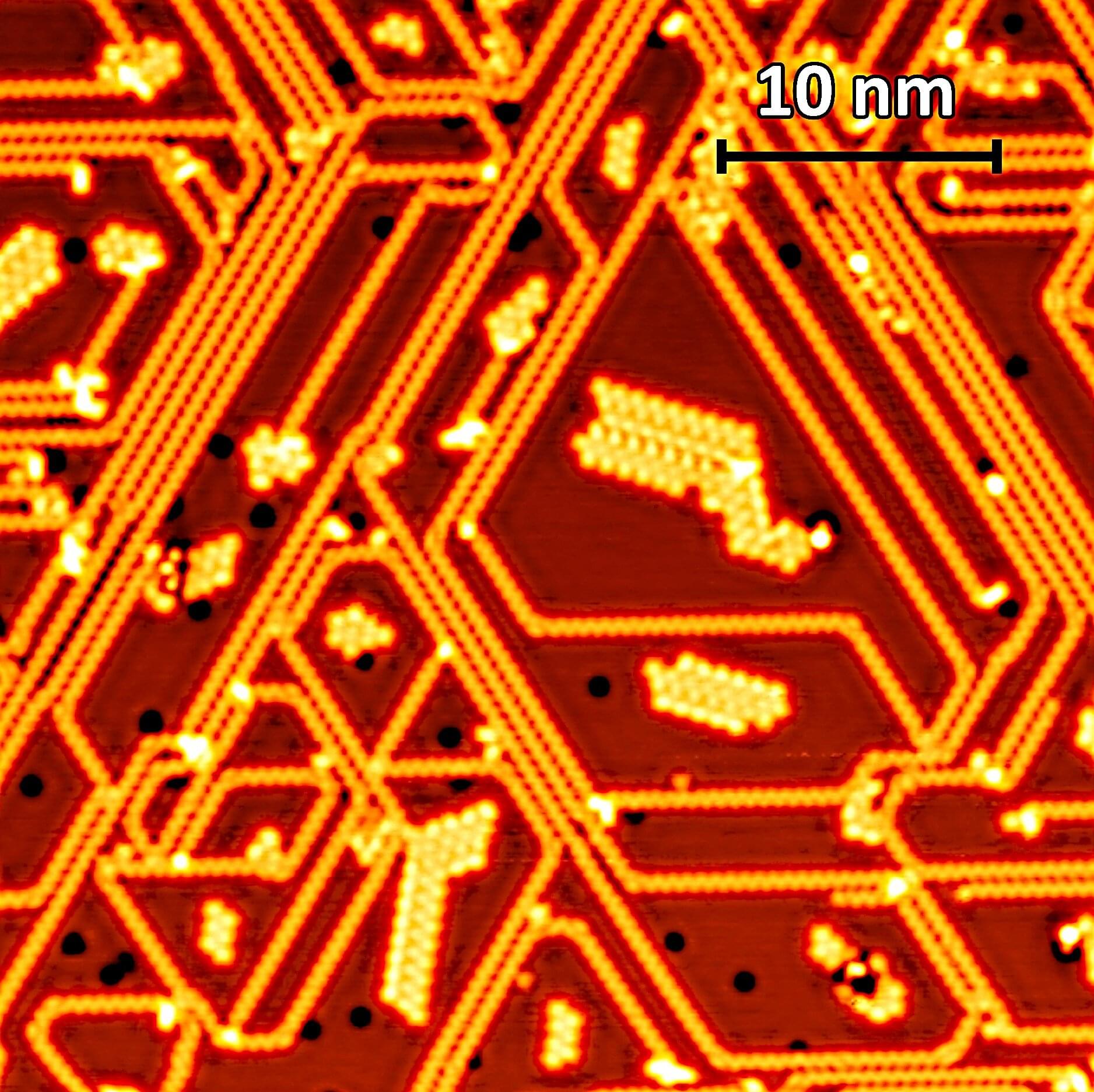
For the first time, a team at BESSY II has succeeded in demonstrating the one-dimensional electronic properties of a material through a highly refined experimental process.
The samples consisted of short chains of phosphorus atoms that self-organize at specific angles on a silver substrate. Through sophisticated analysis, the team was able to disentangle the contributions of these differently aligned chains. This revealed that the electronic properties of each chain are indeed one-dimensional. Calculations predict an exciting phase transition to be expected as soon as these chains are more closely packed. While material consisting of individual chains with longer distances is semiconducting, a very dense chain structure would be metallic.
The work is published in the journal Small Structures.
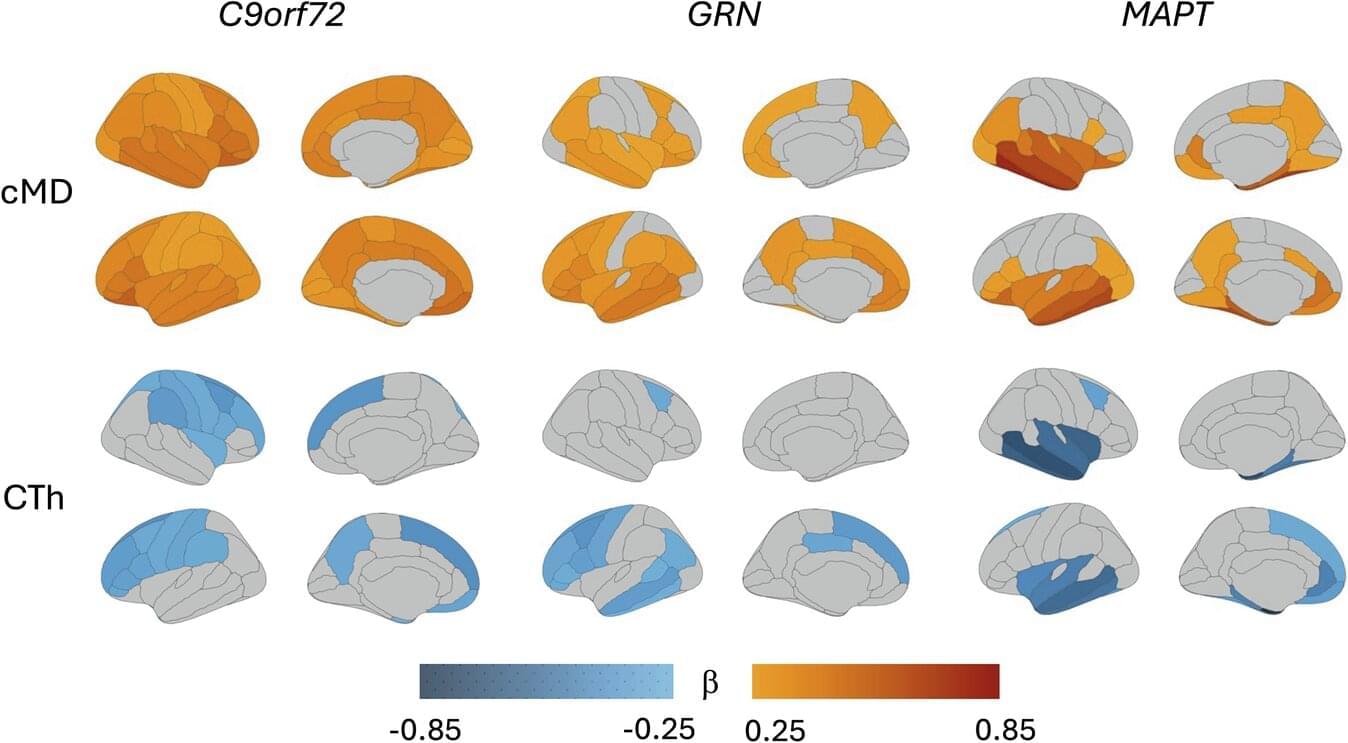
A new international study led by researchers at Karolinska Institutet demonstrates that it is possible to detect subtle changes in the brain and identify early signs of hereditary frontotemporal dementia using advanced brain imaging techniques. The study is published in Molecular Psychiatry.
Frontotemporal dementia, or FTD, is a neurodegenerative disease that often affects people in middle age and is a common cause of dementia before the age of 65. The disease is particularly difficult to diagnose in its early stages, as the earliest symptoms are behavioral changes and may resemble primary psychiatric disease and symptoms later on can resemble conditions such as Alzheimer’s disease and Parkinson’s disease. In about a third of cases, frontotemporal dementia is hereditary, making families with known mutations an important resource for research.
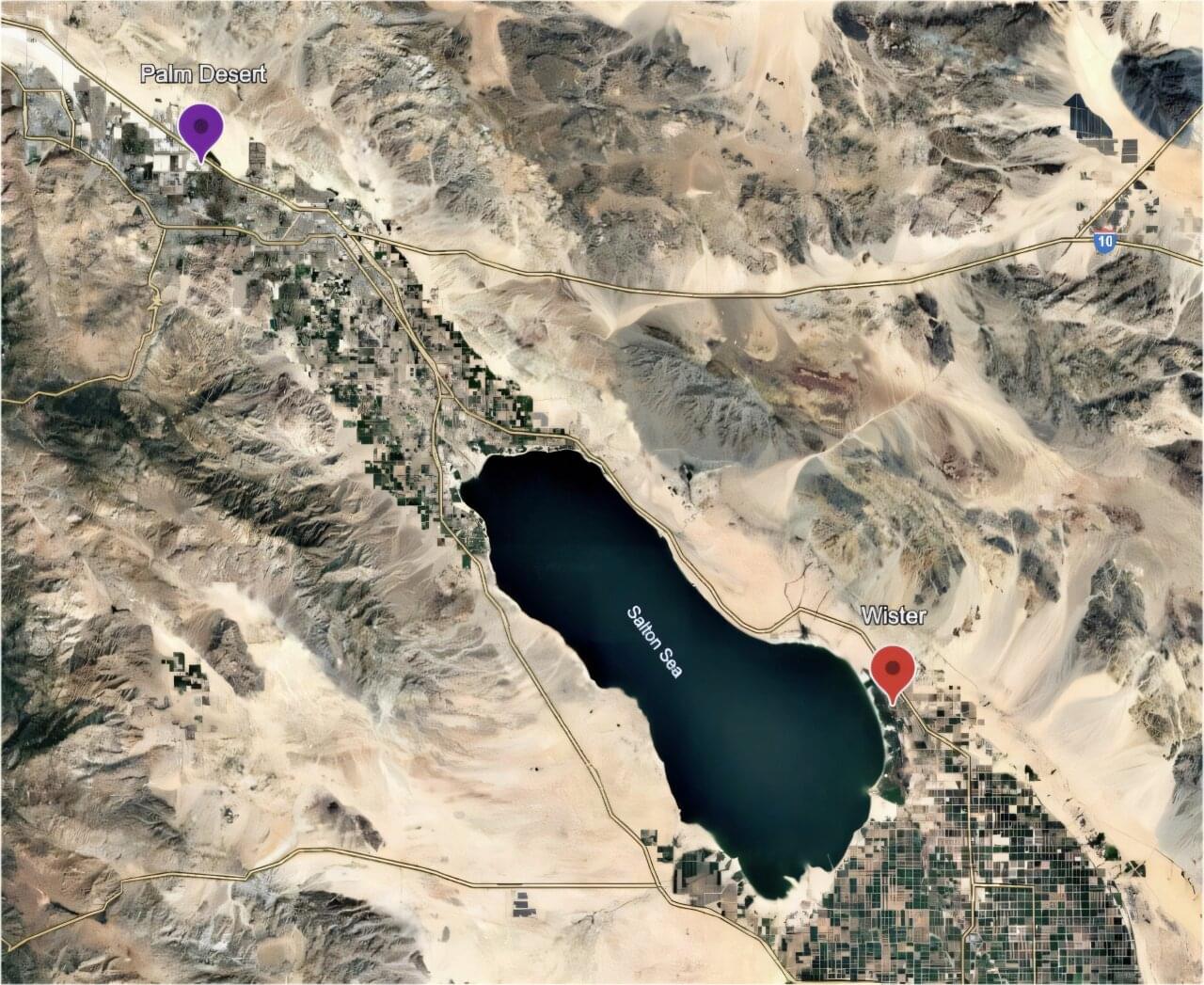
Dust from California’s drying Salton Sea doesn’t just smell bad. Scientists from UC Riverside found that breathing the dust can quickly re-shape the microscopic world inside the lungs.
Genetic or bacterial diseases have previously been shown to have an effect on lung microbes. However, this discovery marks the first time scientists have observed such changes from environmental exposure rather than a disease.
Published in the journal mSphere, the study shows that inhalation of airborne dust collected close to the shallow, landlocked lake alters both the microbial landscape and immune responses in mice that were otherwise healthy.